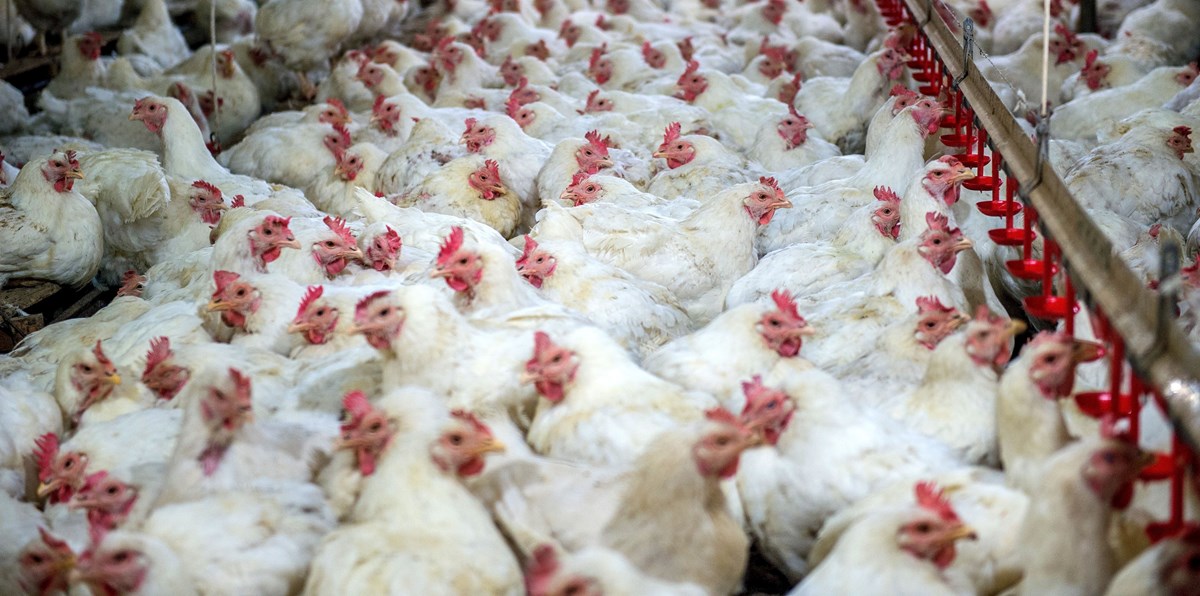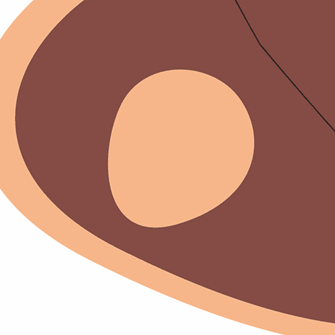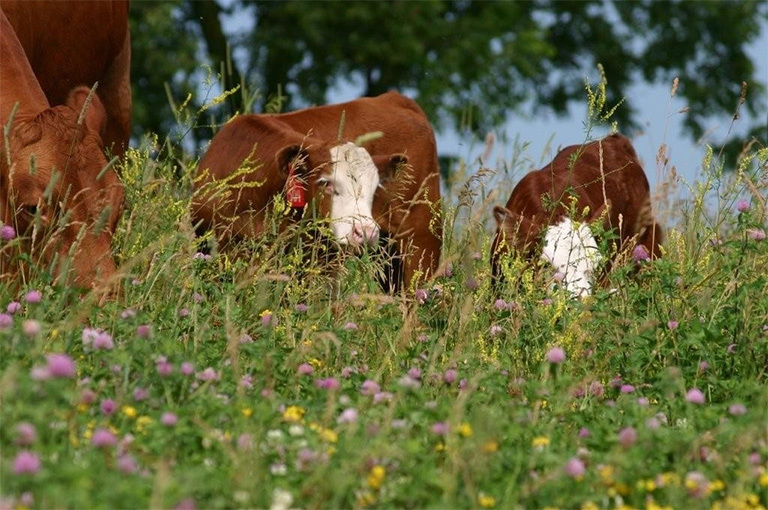Over the last half a century, factory farming has risen to become one of the major issues affecting the future of our planet.
It is the world’s biggest cause of animal cruelty and a primary driver of wildlife declines. At the same time, it is a serious pollutant, contributing to climate change and marine dead zones, and a potent source of disease that risks future pandemics.
In a world of growing climate, nature collapse, and pandemic emergencies, ending factory farming has never been more urgent.
What is factory farming?

Factory farming – the grain feeding of confined animals – is a major contributor to biodiversity loss, deforestation, climate change, soil degradation, and overuse and pollution of water. It contributes to key non-communicable diseases and antimicrobial resistance as well as increasing the risk of future pandemics.

Factory farming is by far the world’s biggest cause of animal cruelty
Every year, 92 billion chickens, pigs, cows, and other farmed animals are produced worldwide, and most of them are factory farmed. Also known as intensive or industrial animal agriculture, factory farming involves animals being reared in confinement whilst their feed is grown elsewhere. This is usually on prairie-like crop fields using chemical pesticides and artificial fertilisers, at great cost to our health, the environment, and animal welfare.
Caged chickens have so little space that they are unable to flap their wings. Pigs are kept in narrow crates or crowded pens, unable to burrow their snouts in the dirt. And cows stand listlessly in crowded feedlots or indoor dairies instead of grazing in green fields.

Fish are also industrially reared, half of the world’s supply coming from underwater factory farms. The irony is that we continue to plunder the oceans for fish to feed to these farmed fish, a huge problem as fears mount that overfishing could cause the collapse of wild fish stocks.
And the end result of factory farming is that the true cost of ‘cheap’ meat comes with a devastating price tag in terms of animal cruelty as well as driving the climate, biodiversity, and pandemic emergencies now facing us all.
A liveable future
By ending factory farming and moving to regenerative food production, we can reintegrate farm animals as part of mixed, rotational regimes that enhance soils and help restore landscapes.
As part of genuinely extensive, agroecological forms of farming, domesticated animals can help regenerate soils. They re-engage the age-old nitrogen cycle where sunlight pushes up plants, eaten by animals whose droppings return nourishment to the soil. They can express their natural behaviours – running, flapping, grazing – making for happier animals with better immunity, cutting down on the need for veterinary antibiotics and reducing the risk of disease.
Ending factory farming and restoring farm animals to the land can also cut reliance on chemical pesticides and fertilisers, so reducing costs for farmers. This in turn can create a varied landscape, bursting with wildflowers, luring back indispensable pollinating insects like bumblebees, as well as providing seeds and insects for a host of birds and other wildlife. It can also take the pressure off a hard-pressed environment, requiring less water from rivers and aquifers and reducing the need to fell forests to make way for more arable land.
In this way, regenerative farming, coupled with consumption of less but better meat and dairy, can help end cruelty to animals, save wildlife, stabilise the climate and safeguard the future of food for our children.



